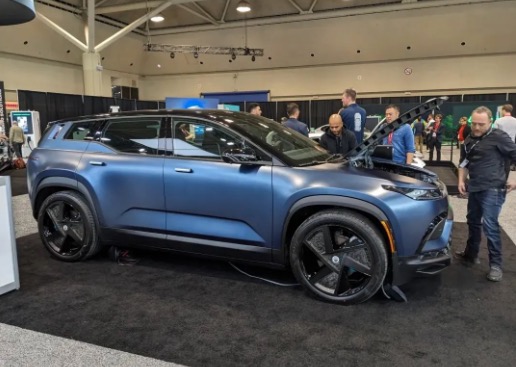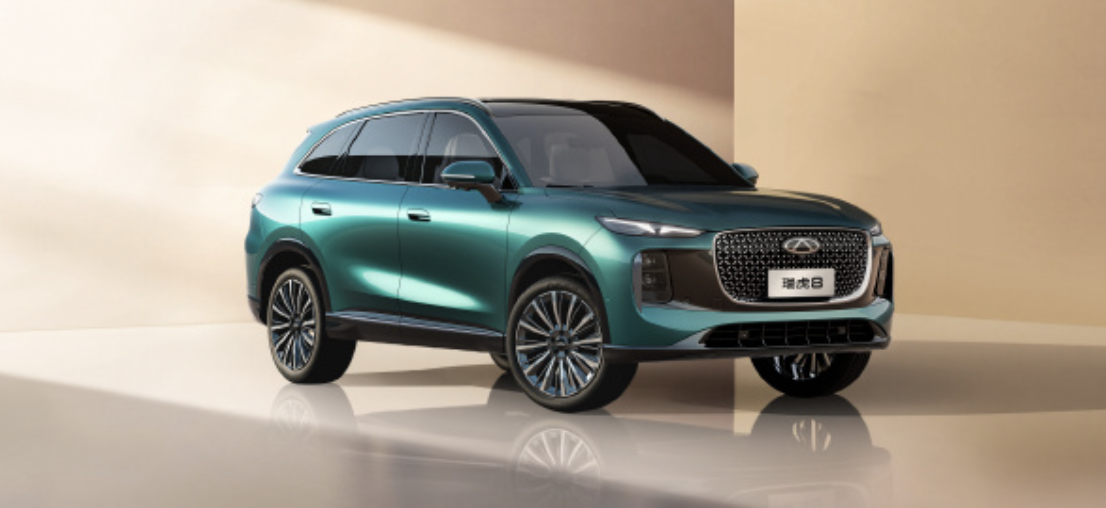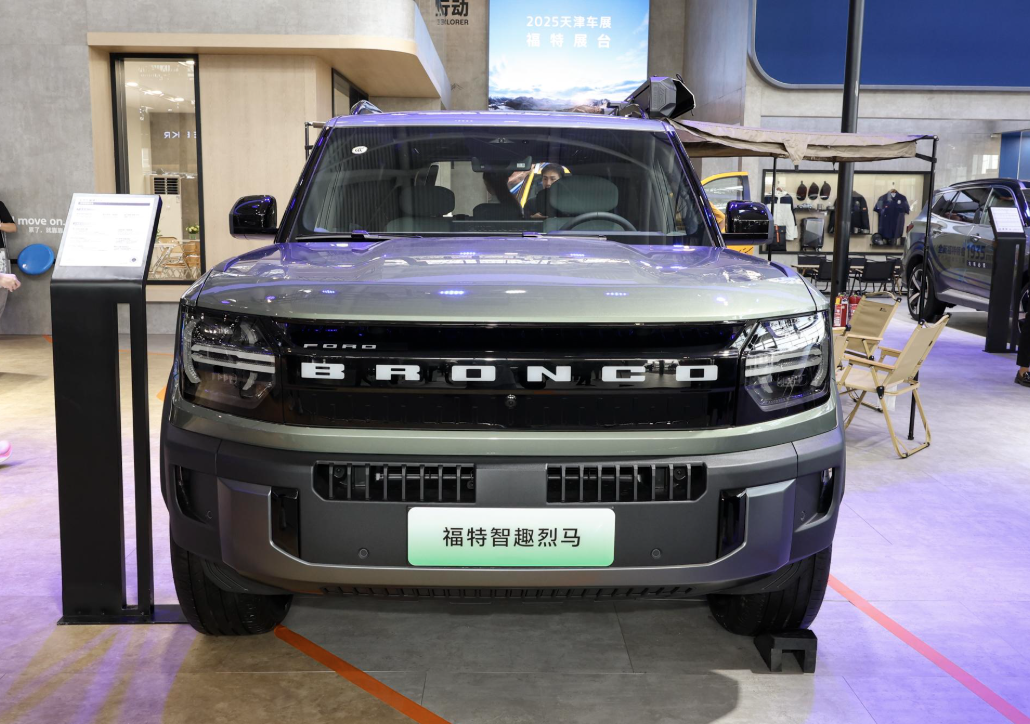On April 23, the American electric vehicle manufacturer Fisker announced in a regulatory filing the possibility of its bankruptcy. According to the submitted documents, if Fisker cannot obtain relief from creditors or raise additional cash, the company expects that it will have to apply for bankruptcy within the next 30 days. Fisker pointed out that within the 30-day grace period, the company failed to pay the interest of $8.4 million in March, resulting in loan default.
In addition, Fisker’s cash balance has dropped significantly. In the document, Fisker stated that its cash balance has decreased from $736.5 million in 2022 to $325.5 million in 2023. As of April 19, Fisker has approximately 1,135 employees, a decrease of 425 compared to the end of December last year. To avoid the worst-case scenario, the company is cutting costs, including plans to further lay off employees and streamline its business as well as reduce the company’s actual floor space.
There were early signs before Fisker faced bankruptcy. On February 29, when Fisker released its financial reports for the fourth quarter of 2023 and the whole year, it announced a plan to lay off 15%. Fisker stated that the reduction in the number of employees is mainly related to changes in the sales strategy, that is, from directly targeting consumers to the dealer partnership model. It was also pointed out that if Fisker does not have new sources of funds, the company’s existing funds may not be enough to support the development in the next 12 months. In addition, Fisker stated that the company is in talks with another “large automotive manufacturer” for financing and hopes to “finalize the capital agreement as soon as possible”, but Fisker did not disclose the name of this “large automotive manufacturer” and other detailed information. Industry speculation is that this “large automotive manufacturer” may be Nissan Motors.
On March 13, insiders said that Fisker considered applying for bankruptcy and even hired restructuring consultants to help. Before that, Fisker said that there were “significant questions” about its ability to continue operating, and it may face the risk of running out of cash this year. On March 18, Fisker announced that it would suspend the production of electric vehicles for six weeks, and the biggest advantage of the production suspension is to ease the shortage of cash flow and promote the strategic financing plan. At that time, Fisker reiterated that it is in talks with a large automotive manufacturer for potential transactions, but did not disclose the specific name. On March 25, Fisker stated that it has received notice from the large automotive manufacturer that had previously discussed potential transaction negotiations with it, and the latter has decided to terminate the negotiations. Affected by this, the company will be unable to meet the closing conditions of the financing commitment and the term sheet signed with an investor on March 18, and intends to discuss with the investor to give up this condition. But Fisker said that the company will continue to evaluate strategic alternatives such as in-court or out-of-court restructuring and capital market transactions.
On the same day, the New York Stock Exchange issued a statement that Fisker’s stock price was unusually low and was no longer suitable for continued trading on the NYSE, and immediately suspended trading and initiated the delisting process for Fisker stocks. It is understood that before the trading halt, Fisker’s stock price had plunged by 28% to around 9 cents, and the cumulative decline this year has reached as high as 95%.
The latest financial report data shows that in 2023, Fisker’s total revenue for the whole year was $272.9 million, and the gross profit was negative $102.9 million; the annual net loss was $761.9 million, and the loss per share was $2.22. As of December 31, 2023, Fisker’s cash and equivalent was $325.5 million, far lower than the average expected by analysts of $502.3 million, and the book value of the completed vehicles and raw materials in the inventory was approximately $530 million.
Fisker was once seen as a major rival to Tesla, but now it seems that the gap between the two is vastly different. Currently, Fisker only has one model for sale, the Ocean, with a price range of $37,499-$68,999 (approximately RMB 274,000-$504,000). Data shows that in 2023, Fisker produced a total of 10,142 new cars, but due to logistical restrictions, only 4,929 new cars were delivered.
As one of the “new forces in car building” in the United States, Fisker also once hoped in the Chinese market. In October 2023, Fisker announced that it would open its first sales experience store in Shanghai, China, and began to promote the business layout in the Chinese market. Fisker founder Henrik Fisker said that China is a very important market for it and hopes that Fisker will be positioned as one of the only “two pure foreign electric vehicle brands” in the Chinese market. But from its current situation, the probability of Fisker achieving this goal is extremely low. According to the plan, Fisker will sell all nearly 5,000 unsold vehicles produced last year before the end of the first quarter of this year, and the delivery volume of electric vehicles this year will be between 20,000 and 22,000 vehicles this year. But without additional financing, the company may have to be forced to reduce production, scale down operations, and further lay off employees.
From the latest news, Fisker has reached a critical moment of life and death. If it cannot obtain capital injection within the next 30 days and solve the problem of shortage of funds, it is likely that there will be no turning point in the matter of Fisker’s facing bankruptcy.
According to the plan, Fisker will sell all nearly 5,000 unsold vehicles produced last year before the end of the first quarter of this year, and the delivery volume of electric vehicles this year will be between 20,000 and 22,000 vehicles. However, if there is no additional financing, the company may have to be forced to reduce production, scale down its operations, and further lay off employees. From the latest news, Fisker has reached a moment of life and death. If it cannot obtain capital injection within the next 30 days and solve the problem of shortage of funds, the possibility of Fisker facing bankruptcy is probably hard to have a turning point.



